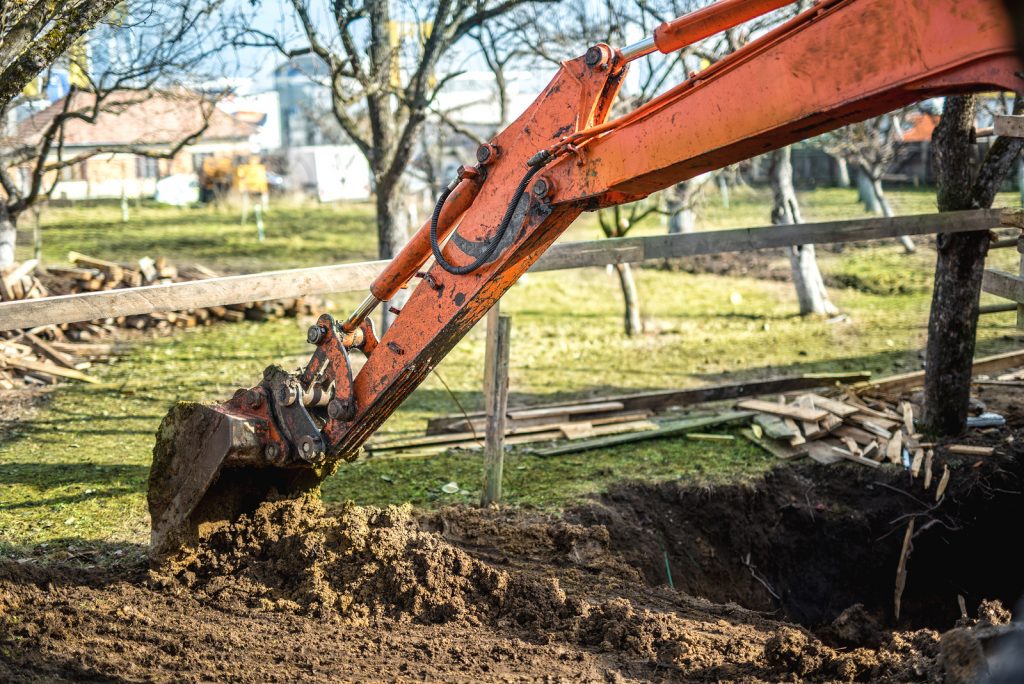Understanding Sewer Line Inspection

Regular sewer line inspection can detect minor problems with your home’s main water and sewer lines before they become major issues. Professional plumbers use small video cameras to visualize clogs and blockages that can lead to flooding and sewage backup. A clog in the primary sewer lines can eventually affect all the drains in your home.
How Does Sewer Line Inspection Work?
Plumbers often use a long metal tool called a snake to clear clogged sewer lines. The snake can also be outfitted with a tiny camera to visualize the inside of the pipes. This information can be used to determine the best course of action to solve plumbing problems. For example, older pipes can be replaced or lined so that tree roots can no longer grow into the line.
For minor clogs, the snake method may be sufficient. Larger clogs and small tree roots can be cleared with hydrojetting, which sends a pressurized stream of water through the pipes. This method is often used for regular cleaning as a maintenance measure to prevent sewer backups.
Should I Have My Home’s Sewer Lines Inspected?
When purchasing a home built before 2000, a sewer inspection can ensure that the lines are not compromised by encroaching tree roots. The older the home, the more likely sewer system repair or replacement will be required.
Other telltale signs of a sewer line issue include:
- Clogged drains and toilets
- Water or sewer backups in drains and toilets
- Slow-flowing drains
- Gurgling sounds in the toilet when you use other plumbing fixtures or run the washing machine
- A strong sewage odor inside or outside the home
- Water accumulation in the basement
- Water or sewage seeping up through the ground
- Green grass or algae growth around the septic system
If you’re concerned about the state of your home’s main water and sewer lines, seek assistance from a professional plumber. Video sewer line inspection will provide valuable information to ensure the health of the pipes and take action to keep small issues from worsening.
